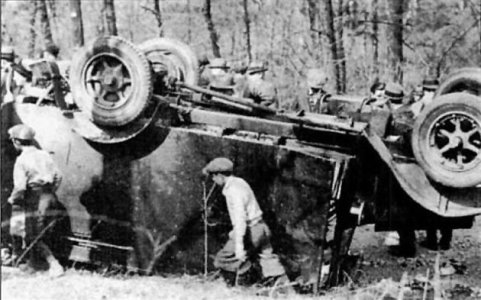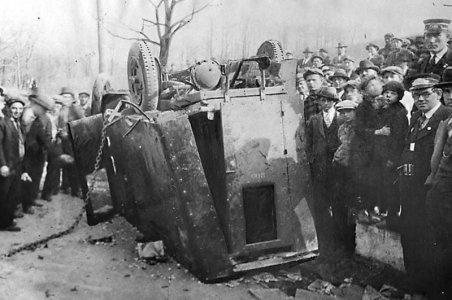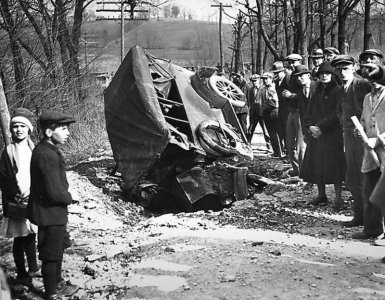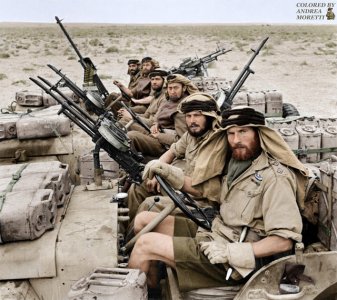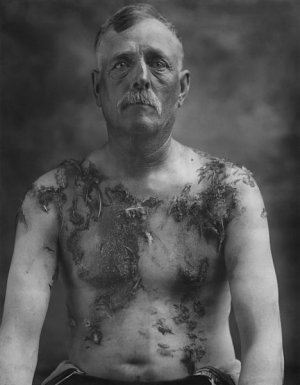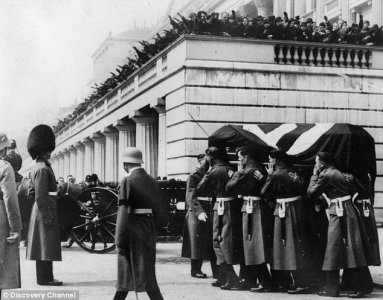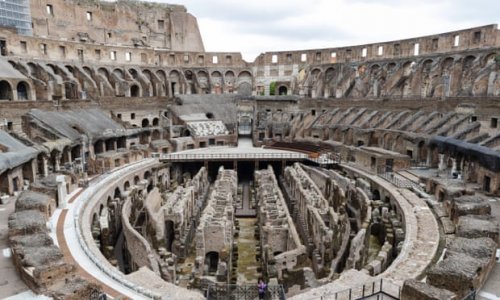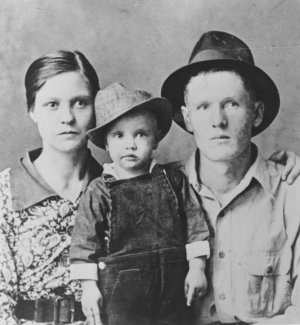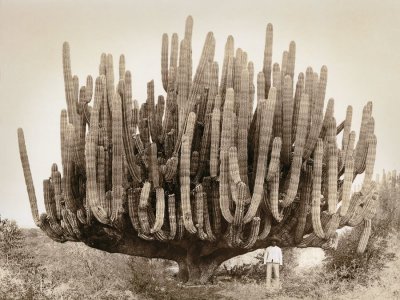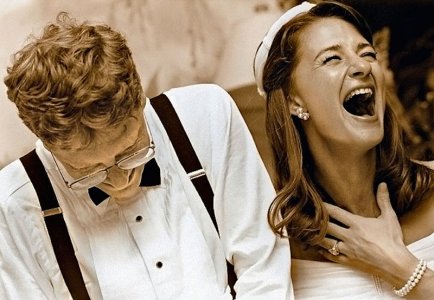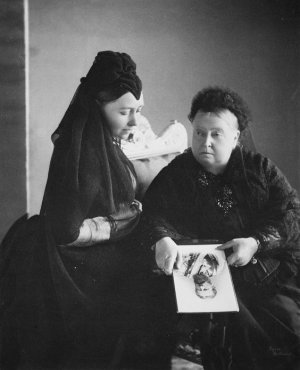RnR
Member
- Location
- Gold Coast, Queensland
2 May 2011 – Osama bin Laden, suspected mastermind behind the September 11 attacks and the FBI's most wanted man, is killed by the United States special forces in Pakistan.
Usama ibn Mohammed ibn Awad ibn Ladin (March 10, 1957 – May 2, 2011) was a Saudi Arabian. Bin Laden's father was Mohammed bin Awad bin Laden, a Saudi billionaire from Hadhramaut, Yemen. His mother, Alia Ghanem, was from a secular middle-class family based in Latakia, Syria. He was born in Saudi Arabia and studied economics and business administration at the King Abdulaziz University in Jeddah until 1979, when he joined Mujahideen forces in Pakistan fighting against the Soviet Union in Afghanistan.
A 14-year-old Osama Bin Laden on a visit to Oxford in 1971 with two of his brothers and two Spanish girls as they attended a language course. BBC.

Bin Laden helped to fund the Mujahideen by funnelling arms, money and fighters from the Arab world into Afghanistan, and gained popularity among many Arabs. In 1988, he formed al-Qaeda. He was banished from Saudi Arabia in 1992, and shifted his base to Sudan, until U.S. pressure forced him to leave Sudan in 1996. After establishing a new base in Afghanistan, he declared a war against the United States, initiating a series of bombings and related attacks worldwide, including the al-Qaeda September 11 attacks in the United States. Bin Laden was on the American FBI lists of Ten Most Wanted Fugitives and Most Wanted Terrorists for his involvement in the 1998 U.S. embassy bombings. From 2001 to 2011, bin Laden was a major target of the United States, as the FBI offered a $25 million bounty in their search for him.

On May 2, 2011, bin Laden was shot and killed inside a private residential compound in Abbottabad, where he lived with a local family from Waziristan, during a covert operation called Operation Neptune Spear conducted by members of the United States Naval Special Warfare Development Group and CIA SAD/SOG operators on the orders of U.S. President Barack Obama.
Usama ibn Mohammed ibn Awad ibn Ladin (March 10, 1957 – May 2, 2011) was a Saudi Arabian. Bin Laden's father was Mohammed bin Awad bin Laden, a Saudi billionaire from Hadhramaut, Yemen. His mother, Alia Ghanem, was from a secular middle-class family based in Latakia, Syria. He was born in Saudi Arabia and studied economics and business administration at the King Abdulaziz University in Jeddah until 1979, when he joined Mujahideen forces in Pakistan fighting against the Soviet Union in Afghanistan.
A 14-year-old Osama Bin Laden on a visit to Oxford in 1971 with two of his brothers and two Spanish girls as they attended a language course. BBC.

Bin Laden helped to fund the Mujahideen by funnelling arms, money and fighters from the Arab world into Afghanistan, and gained popularity among many Arabs. In 1988, he formed al-Qaeda. He was banished from Saudi Arabia in 1992, and shifted his base to Sudan, until U.S. pressure forced him to leave Sudan in 1996. After establishing a new base in Afghanistan, he declared a war against the United States, initiating a series of bombings and related attacks worldwide, including the al-Qaeda September 11 attacks in the United States. Bin Laden was on the American FBI lists of Ten Most Wanted Fugitives and Most Wanted Terrorists for his involvement in the 1998 U.S. embassy bombings. From 2001 to 2011, bin Laden was a major target of the United States, as the FBI offered a $25 million bounty in their search for him.

On May 2, 2011, bin Laden was shot and killed inside a private residential compound in Abbottabad, where he lived with a local family from Waziristan, during a covert operation called Operation Neptune Spear conducted by members of the United States Naval Special Warfare Development Group and CIA SAD/SOG operators on the orders of U.S. President Barack Obama.


